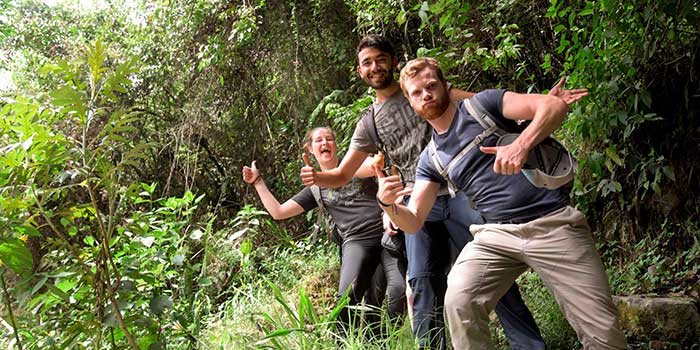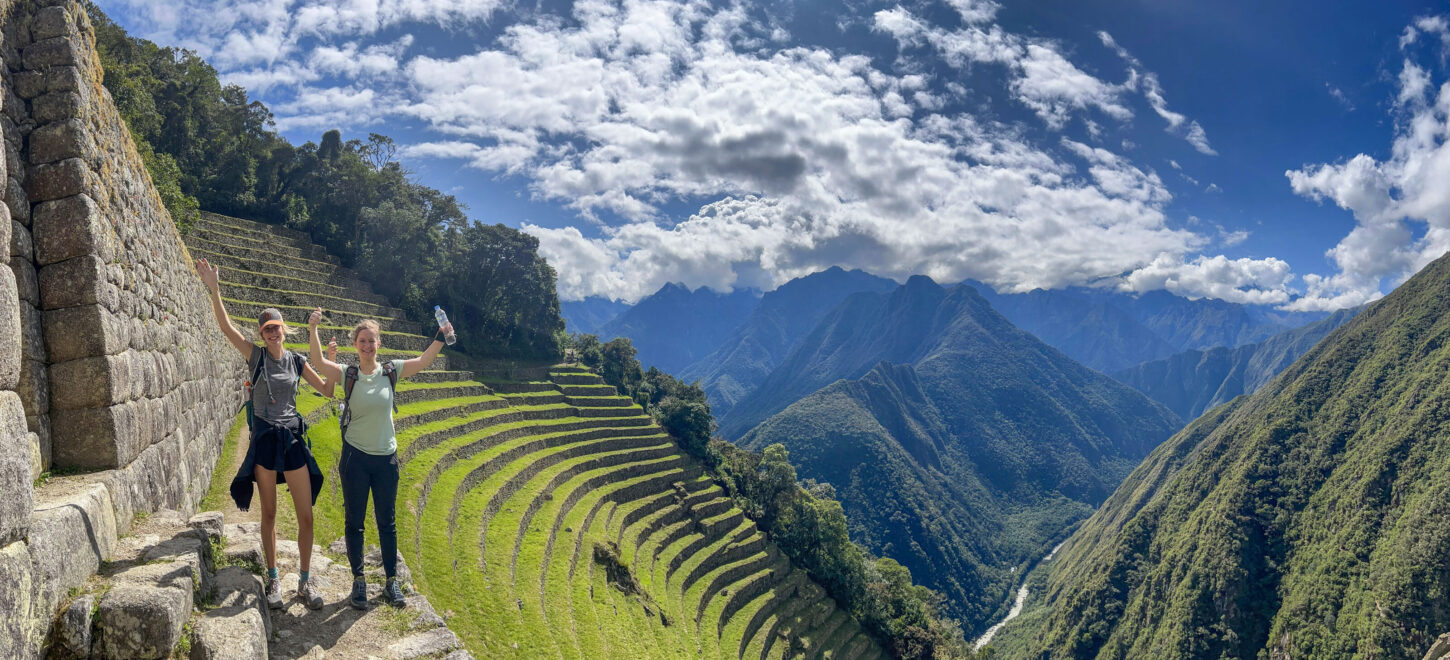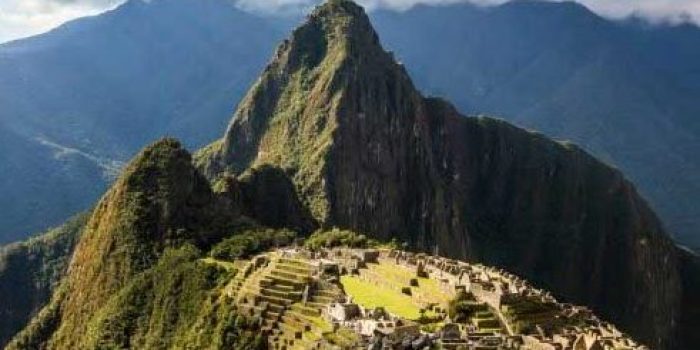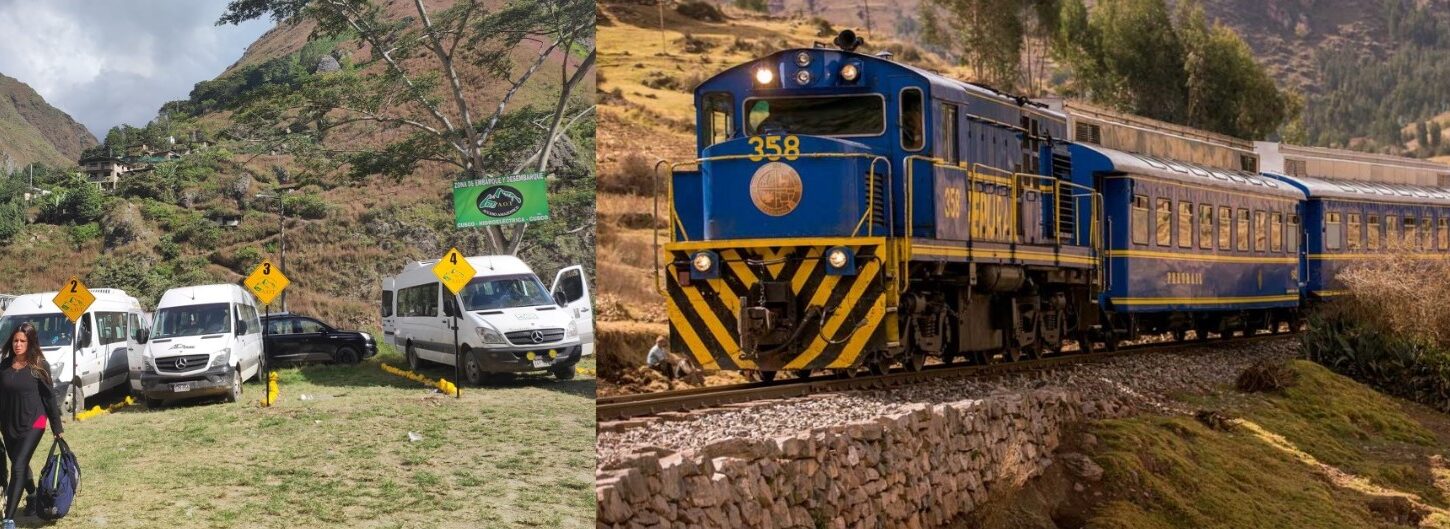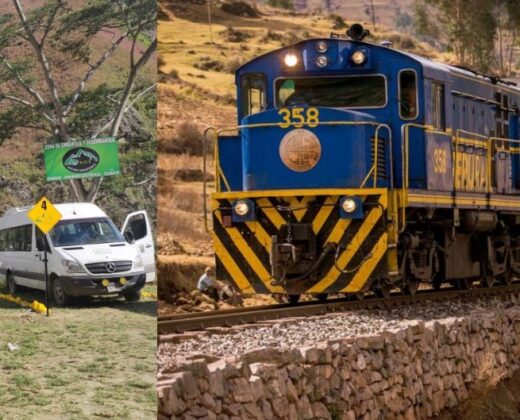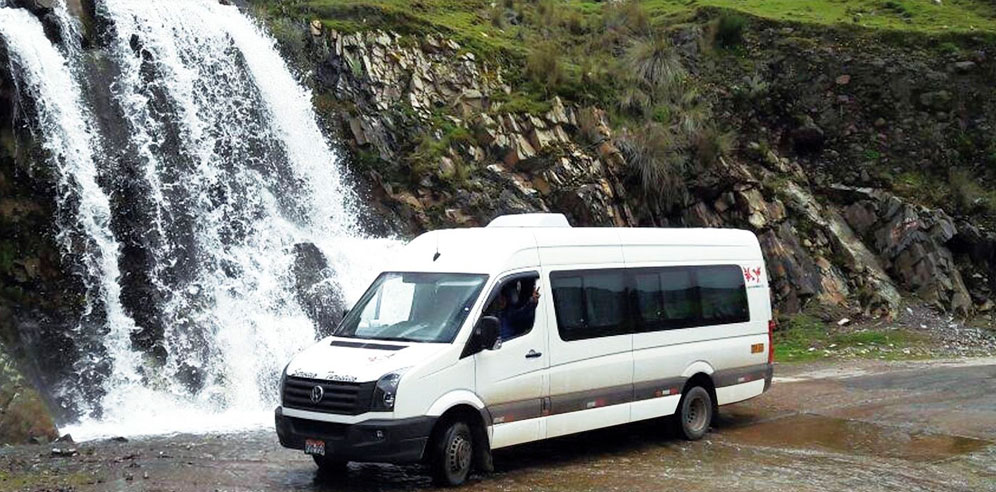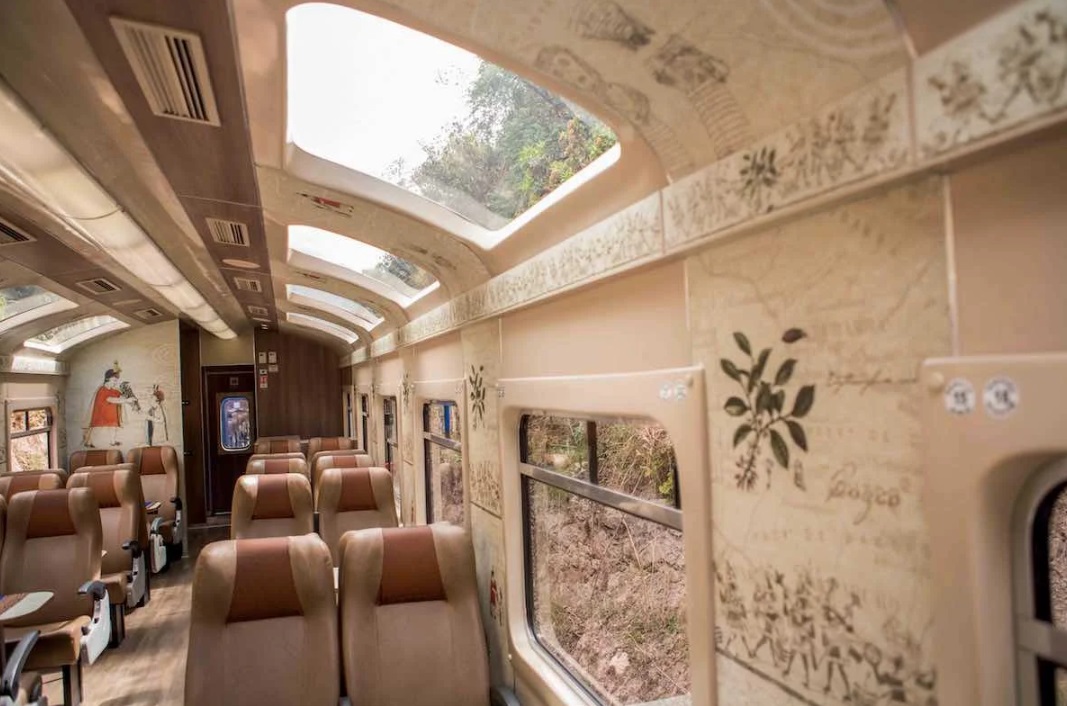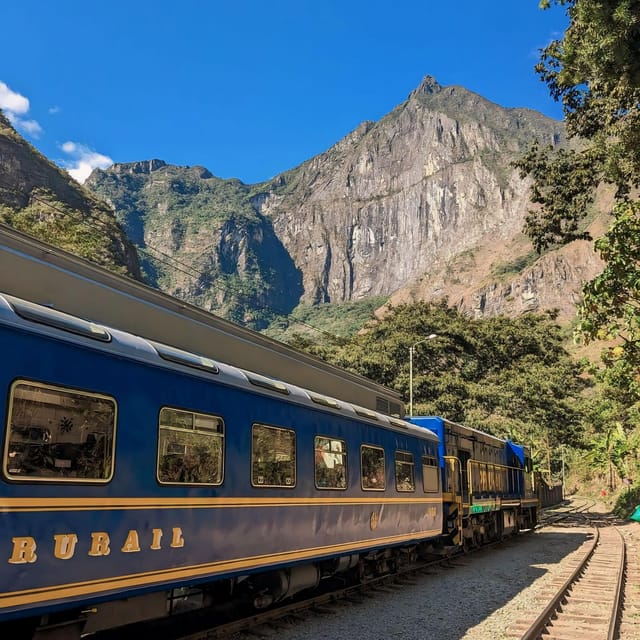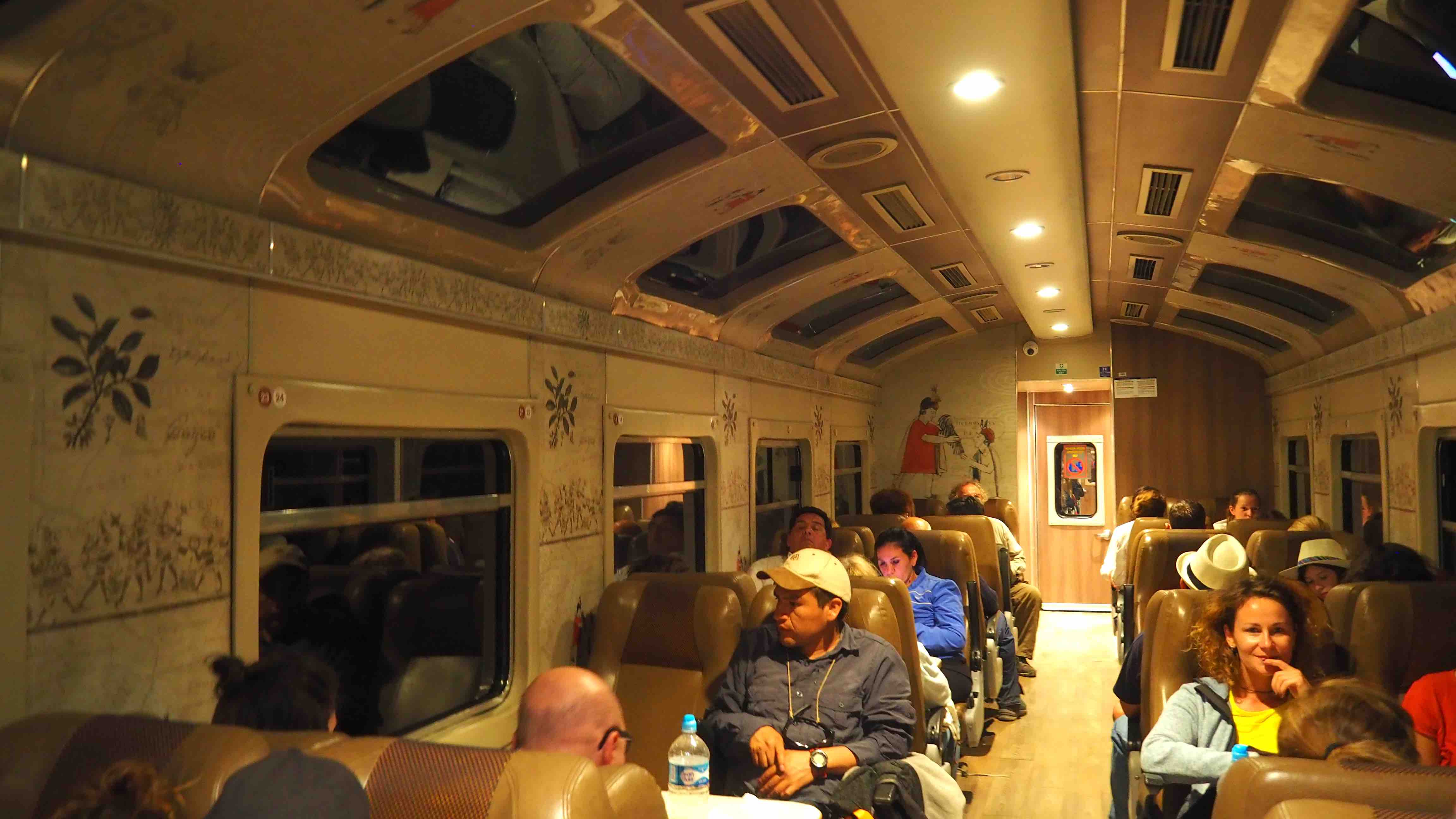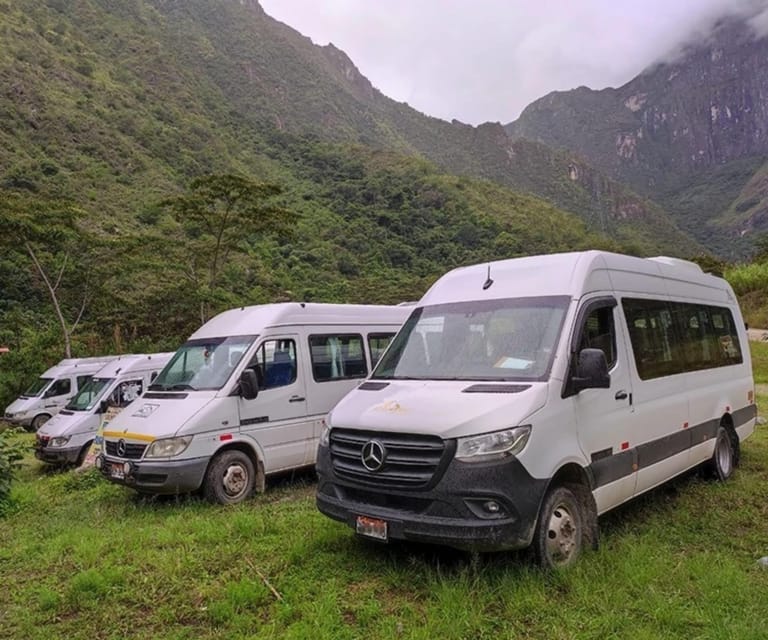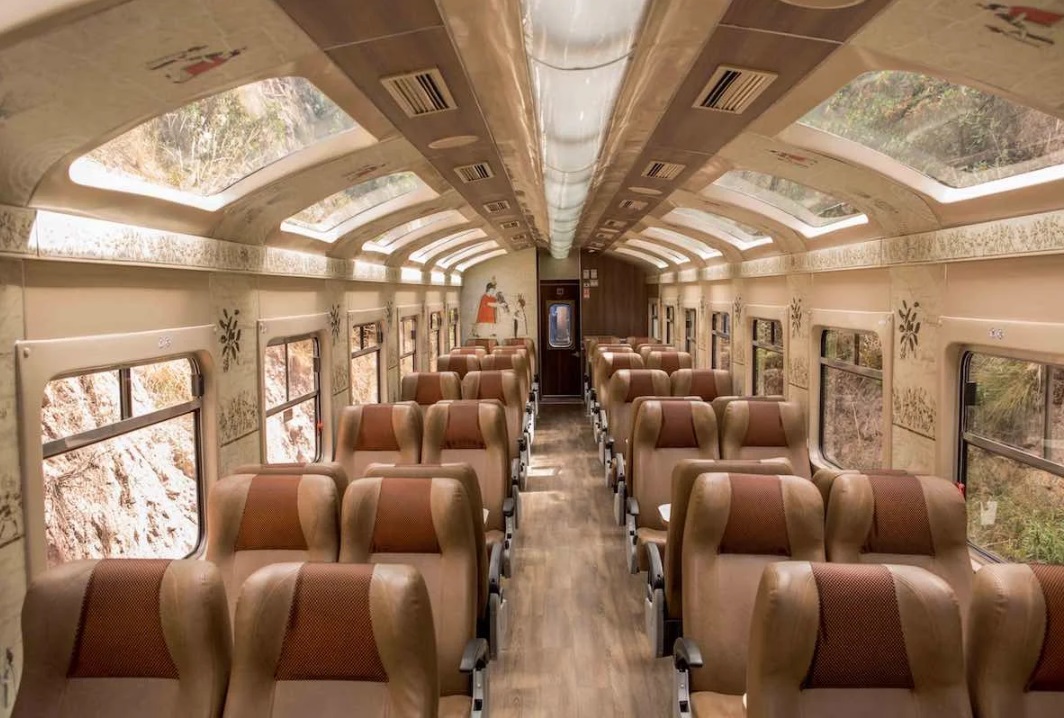Speed and Comfort:
The train is faster and more comfortable than returning by car. Tourist trains are clean and provide a relaxing experience, allowing you to enjoy spectacular views during the journey. Additionally, you can upgrade to the Vistadome train, which features panoramic windows for an even more special experience.
Perfect for Optional Mountains:
If you plan to add a hike to Wayna Picchu or Machu Picchu Mountain to your visit, the train gives you enough time to enjoy these activities without worrying about your return.
Less Fatigue:
After 5 days of trekking and waking up early (around 5:00 AM most days), returning by train is much less exhausting. If you prefer a more relaxed ending to your adventure, the train is the best choice.
Greater Safety:
The train journey is safer because it is shorter and follows a stable route through an ancient valley. This area has well-settled terrain, significantly reducing the risk of landslides or delays compared to road routes.
Convenient Timing:
With the train, you’ll arrive in Cusco around 7:00 PM, a perfect time to enjoy the evening in the city. You can have dinner, explore a bit more, or simply relax after your exciting experience.
Limited Time for Optional Mountains:
If you plan to climb one of the optional mountains, Wayna Picchu is more feasible as it takes about 2.5 hours round trip. However, you’ll need to be very quick, as you must leave Machu Picchu no later than 11:30 AM to walk the 3 hours to Hidroeléctrica and catch the car departing at 3:00 PM.
No Alternate Transportation Schedule:
There is only one departure time from Hidroeléctrica to Cusco, at 3:00 PM, as the service is provided by a single transportation company. Missing this schedule means you won’t have another option to return that day.
Longer and Riskier Route:
The car route is longer and more prone to delays, especially during the rainy season (November to March). Landslides or rising rivers can cause significant delays or complications on the return trip.
Exhausting Journey:
Returning by car is more tiring as it requires a 3-hour walk from Machu Picchu to Hidroeléctrica. There is no alternative to this hike. Afterward, the drive from Hidroeléctrica to Cusco takes another 6 hours, making the overall journey more physically demanding.
Chaotic Bus Station at Hidroeléctrica:
The bus station at Hidroeléctrica can be disorganized. There is no fixed waiting point, and the transportation company must gather all passengers choosing this return option, which can cause delays before departure.
Late Arrival in Cusco:
The car typically arrives in Cusco around 10:00 PM, with the final drop-off point at Plaza Regocijo. However, delays are possible due to the challenges of the route, particularly during the rainy season. Travel times are approximate and not as reliable as those of the train option.
Machu Picchu Visit Duration:
The maximum visit time at Machu Picchu is 3 hours, as set by the Peruvian government. This applies to all visitors, regardless of whether you return by train or car—the visit time is the same.
If you’d like to extend your visit, you can purchase an optional ticket to climb either Wayna Picchu Mountain or Machu Picchu Mountain, which adds an extra 3 hours to your experience. If you choose one of these options, we recommend the train return, as it allows you more time to enjoy your visit without rushing.
Car Return Route:
Returning by car takes a different route than the train. The car route is:
Hidroeléctrica → Santa Teresa → Santa María → Abra Málaga → Ollantaytambo → Cusco.
If you’d like to stay in Ollantaytambo instead of continuing to Cusco, you can let the driver know. The car makes a brief stop there before heading to Cusco.
Train Return Route:
The train follows a more direct path:
Aguas Calientes → Ollantaytambo Train Station → Cusco.
This route is shorter and more comfortable, taking approximately 4 hours from Aguas Calientes to Cusco.
Time Comparison:
- By Car: You’ll need to hike 3 hours from Machu Picchu to Hidroeléctrica, then travel 6 hours by car to Cusco, for a total journey of about 9 hours.
- By Train: The train route doesn’t require additional hiking and takes about 4 hours from Aguas Calientes to Cusco.
